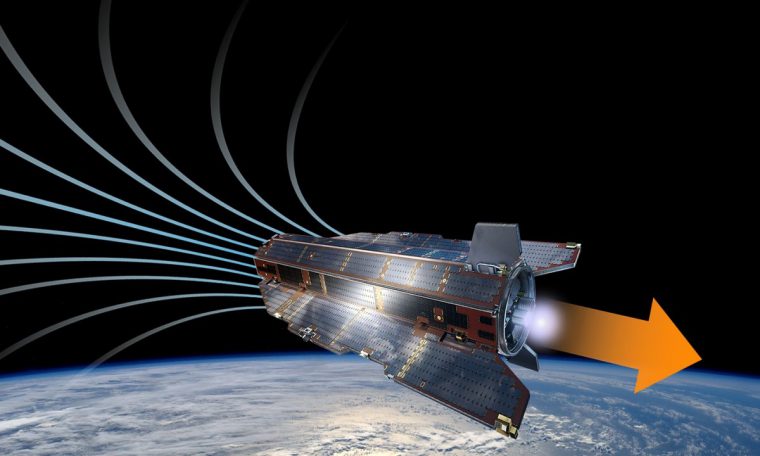
An air-breathing particle thruster would gather up rare air atoms from the upper atmosphere to use as a propellant, giving satellites a chance to hold low orbits around Earth.
What’s the aim of this thruster?
Out of the blue, the European Space Agency (ESA) has tried a new air-breathing electric thruster that could permit close-to-Earth orbiting satellites to remain in space inconclusively. The thruster, intended to reap air particles and utilize them, instead of using the onboard available fuel, could likewise make future Mars investigation less demanding.
Satellites require propulsion to keep their position still or even move around in space. Traditionally, satellites utilize rocket-like chemical compounds, however, electrical thrusters are winding up to be popular, because of their better proficiency.
What does this mean for space missions?
Notwithstanding, current electrical propulsion systems still need to utilize a propellant, for example, xenon, and their main goal lengths are subsequently restricted by how much charge they can convey. Because of weight limitations, satellites can convey just a constrained sum. Those orbiting near the Earth, in the scope of a couple of hundred kilometres (or around 125 miles), expend it at a higher rate, as they have to adjust for the atmospheric drag that backs them off and pulls them towards the Earth.
Rather than conveying its own propellant, a satellite utilizing ESA’s new system would skim air particles from the highest point of Earth’s atmosphere. The particles transform into plasma when packed. An electric field is then used to quicken the stream of plasma to give a push to the satellite.
Giving atmosphere drag compensation without the utilization of portable propellant, this sort of electric drive would give satellites a chance to orbit at low altitudes around Earth for a longer operational time, as said by Louis Walpot, who drives the task at ESA.




